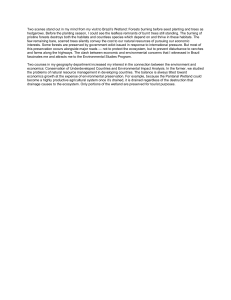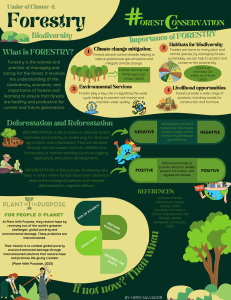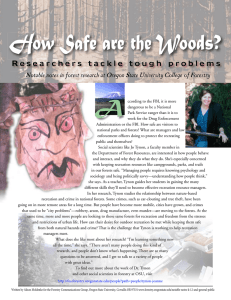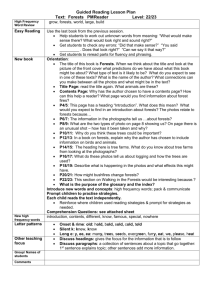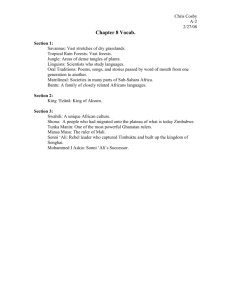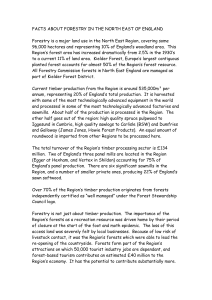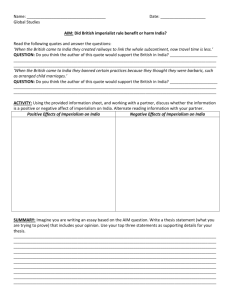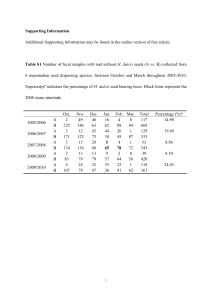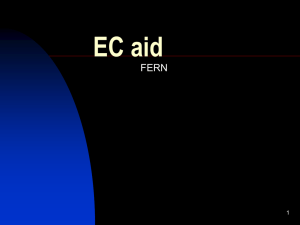AP Environmental Science Forestry & Rangelands Notebook
advertisement
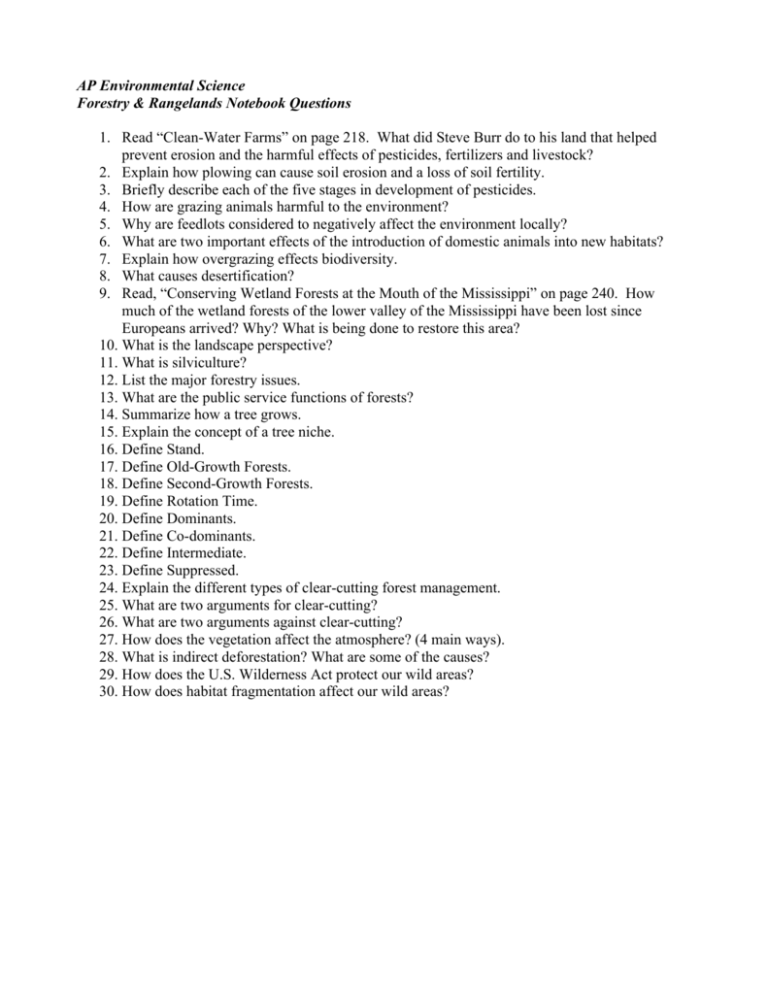
AP Environmental Science Forestry & Rangelands Notebook Questions 1. Read “Clean-Water Farms” on page 218. What did Steve Burr do to his land that helped prevent erosion and the harmful effects of pesticides, fertilizers and livestock? 2. Explain how plowing can cause soil erosion and a loss of soil fertility. 3. Briefly describe each of the five stages in development of pesticides. 4. How are grazing animals harmful to the environment? 5. Why are feedlots considered to negatively affect the environment locally? 6. What are two important effects of the introduction of domestic animals into new habitats? 7. Explain how overgrazing effects biodiversity. 8. What causes desertification? 9. Read, “Conserving Wetland Forests at the Mouth of the Mississippi” on page 240. How much of the wetland forests of the lower valley of the Mississippi have been lost since Europeans arrived? Why? What is being done to restore this area? 10. What is the landscape perspective? 11. What is silviculture? 12. List the major forestry issues. 13. What are the public service functions of forests? 14. Summarize how a tree grows. 15. Explain the concept of a tree niche. 16. Define Stand. 17. Define Old-Growth Forests. 18. Define Second-Growth Forests. 19. Define Rotation Time. 20. Define Dominants. 21. Define Co-dominants. 22. Define Intermediate. 23. Define Suppressed. 24. Explain the different types of clear-cutting forest management. 25. What are two arguments for clear-cutting? 26. What are two arguments against clear-cutting? 27. How does the vegetation affect the atmosphere? (4 main ways). 28. What is indirect deforestation? What are some of the causes? 29. How does the U.S. Wilderness Act protect our wild areas? 30. How does habitat fragmentation affect our wild areas?
